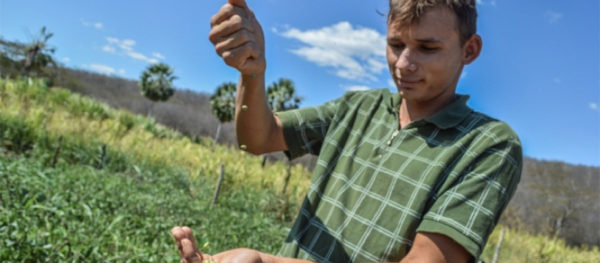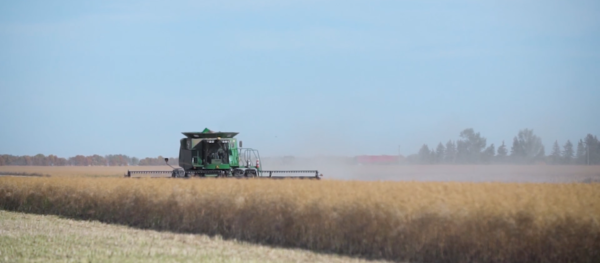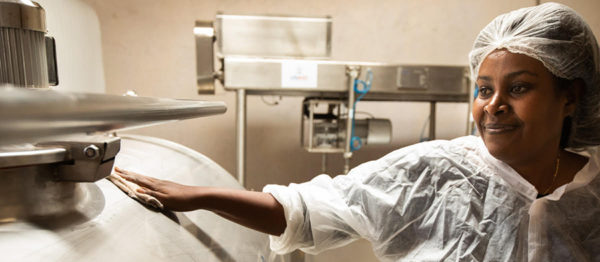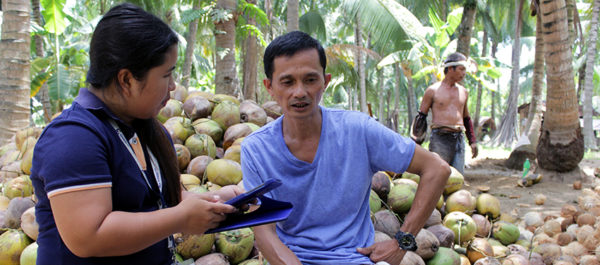Tag: agricultural innovation

Enabling Ecosystem Partnerships to Accelerate Sustainable Agriculture and Reach the SDGs
Global: How smallholder farmers can be better equipped to help the world achieve the Sustainable Development Goals.
Read MoreGrowing Vegetables: How Better Vegetable Farming Drives Real Growth
Asia: Better vegetable seeds and farming practices can lead to greater yields, higher value, and improved global health.
Read MoreCover Crops, Canola and Climate Change – the Importance of Innovation for Sustainable Farming
Northern America: Agricultural innovation is helping farmers combat climate challenges.
Read MoreLearning From the Private Sector Experience Working With Smallholder Farmers
Latin America & the Caribbean: The private sector can foster vibrant agricultural market systems and lift millions of smallholders out of poverty.
Read MoreHow Digital Farming Will Help Feed the World and Protect the Planet
Global: Appropriate technology can empower farmers, feed the world and protect the planet.
Read More




